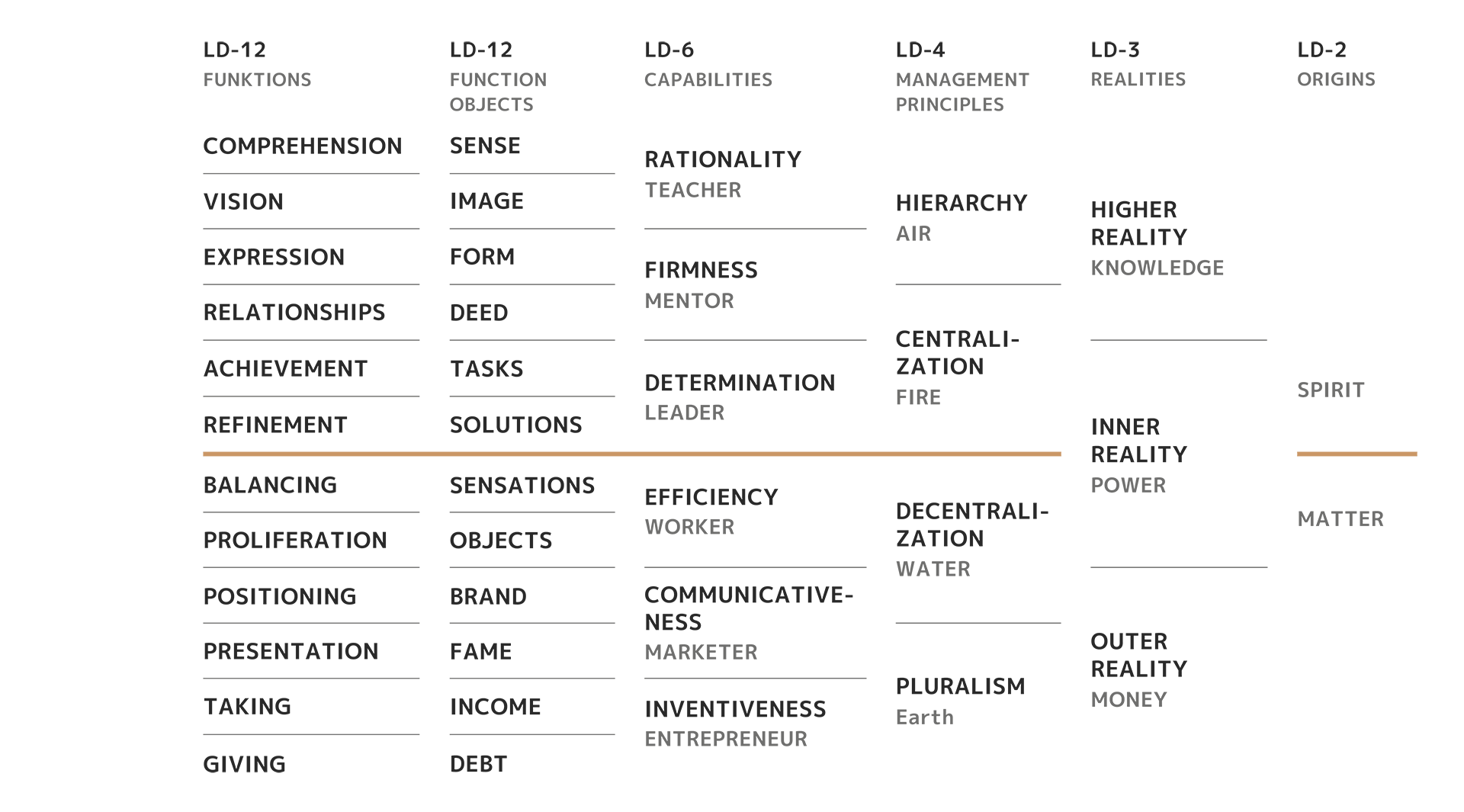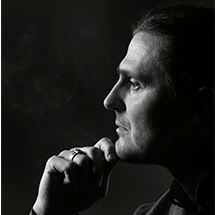In the modern world, the concept of “yoga” became known through the fundamental text on the theory and practice of yoga, the author of which is considered to be the Indian philosopher and linguist Patanjali. In our time, this text is called “Yoga Sutras”. Since the practice of classical Raja Yoga is divided into eight levels, it is also called Ashtanga Yoga. The term of “Ashtanga Yoga” consists of “ashta” — eight and “anga” — part, number, level, limb. Therefore, we may well use the term “eight-limb yoga”.
SUBJECT OF STUDY
In accordance with the LiveDevice approach, we perceive a life of an individual as a hierarchical stairway of his development, the lower half of which is responsible for the material life, and the upper half for the spiritual. Development begins with the outer reality of material objects, animate and inanimate, with which he interacts in his daily activity. Then it proceeds in the inner reality filled with natural forces — his instincts, corporeality, habits, skills and emotions — and then further up into the higher reality of vision and knowledge.
“Yoga Sutras” also show a natural ascension in the levels of human development starting from the external side of his life, including his behavior in the society, to its inner side, associated with his individual qualities, and then goes up into the sphere of consciousness, leading to the experience of the highest state — samadhi.
It is logical to assume that both approaches should at least not contradict each other, moreover, that they are combinable, matching and, possibly, even reinforcing each other.
Let us find this congruence and once again confirm that both systems are correct, or discover their discrepancy, which could lead to further exploration and refinement of the approach.
STAGES OF DEVELOPMENT AS PER LIVEDEVICE
For the purposes of this analysis, the following matrix can be compiled:

STAGES OF DEVELOPMENT AS PER ASHTANGA YOGA
The generally accepted interpretation of Patanjali's Yoga Sutras describes the eight-limb yoga path as follows:
1. Yama — restraining of life processes that lead to karmic consequences: Aparigraha (non-attachment); Brahmacharya (abstinence); Asteya (non-appropriation); Satya (non-deception) and Ahimsa (non-violence).
2. Niyama — cultivation of essential internal processes that liberate from the lower and less pure levels of life: Tapasya (asceticism); Santosha (self-contentment); Shaucha (purity); Svadhyaya (self-study); Ishvara Pranidhana (dedication of all merit to the Supreme).

The potential of any individual is naturally concealed from him or her. Will our potential develop fully, or partially? Will it develop in a standard way, or will it take a very personal pattern?

Description of the method for individual counselling based on the LiveDevice approach

On the basis of what systemic measures, or principles, could the concepts of continuous education and lifelong personal development be built?
